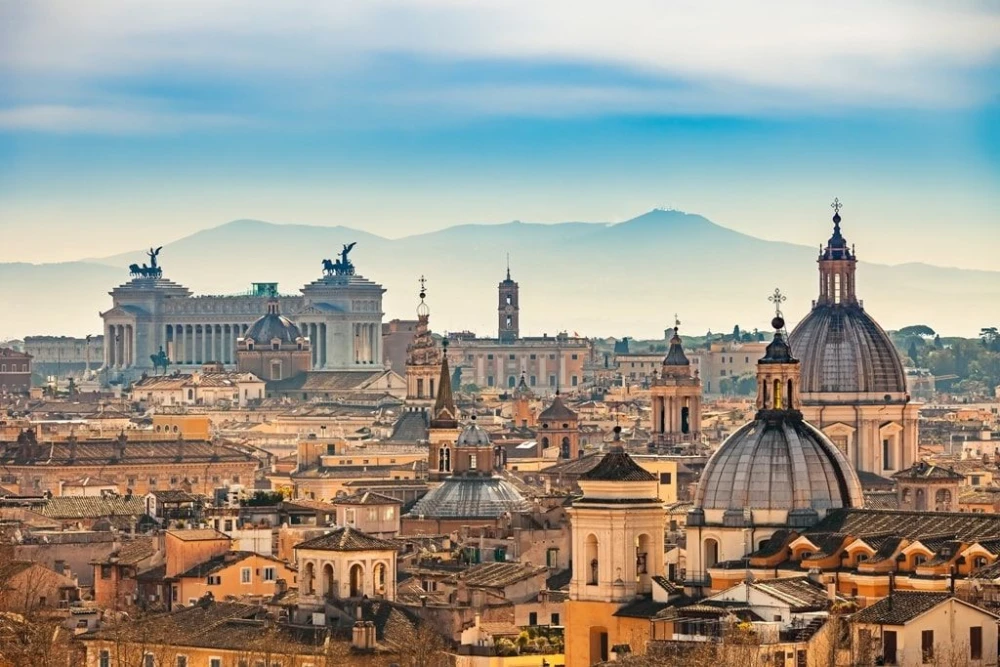15124, Maroysi, Athens, Greece

Miami, Royal naval dockyard, Ponta Delgada, Malaga, Palma De Mallorca, Naples, Civitavecchia (Rome)
Approach Ports

-large.webp)
After the closure of most of the base as an active naval dockyard in 1957 (excluding HMS Malabar, the shore establishment which operated until 1995), the base fell into a state of disrepair. Storms and lack of maintenance caused damage to many buildings. Beginning in the 1980s increased tourism to Bermuda stimulated interest in renovating the dockyard and turning it into a tourist attraction. Currently, cruise ships regularly land at the dockyard during summer months (cruise lines call this place King's Wharf). The West End Development Corporation (WEDCO) was formed in 1982 as a quango to oversee the development of the former Admiralty lands (other than those still in use by the Royal Navy, or by HM Prisons) on Ireland, Boaz, and Watford islands.[9] To serve these visitors, several former warehouses have been turned into artists shops and a pedestrian mall has opened in the clock tower building. The keep area is now the site of the Bermuda Maritime Museum and the Dolphin Quest attraction. There are also several restaurants on site. Money is still being raised to repair the remaining damaged buildings and build a second dock to attract additional cruise ships. As of April 2011 the mega-cruise ship dock has been constructed.
Ponta Delgada is the largest municipality and administrative capital of the Autonomous Region of the Azores in Portugal, lying around a natural bay on São Miguel Island, the largest and most populous in the archipelago. Identified by its three arches known as the Portas da Cidade, it stands out for the large number of churches and other buildings, among which the baroque São Sebastião Church and the Todos os Santos Church. White-washed houses and buildings, 17th and 18th Century convents and churches decorate its rolling hills. Cobbled streets and small squares are found around the centre, where there is also a large boulevard, which is perfect for evening seaside walks. Visit Museu Carlos Machado (Carlos Machado Museum), the beautiful Praça 5 de Outubro (5th of October Square) which is dominated by a marvellous Renaissance Fortress, the Fortaleza de São Brás, the most romantic garden and most lush area in the city, Jardim António Borges (António Borges Gardens) or tour to the natural wonders of the island, such as the Lagoa das Sete Cidades (Seven Cities Lake), which is formed by two large lakes that fill the massive crater of a dormant volcano. From the Pico do Carvão one can enjoy fabulous panoramic views over the Lagoa das Sete Cidades.
The southernmost large city in Europe, lies on the Costa del Sol (Coast of the Sun) of the Mediterranean, about 100 km east of the Strait of Gibraltar and about 130 km north of Africa. Málaga's history spans about 2.800 years, making it one of the oldest cities in the world. The walls of the Phoenician city are visible in the cellar of the Museo Picasso Málaga. The best-preserved Moorish citadel in Spain is located next to the Roman theater, which which dates from the 1st century BC and was rediscovered in 1951. The nearby caverns of Nerja provided refuge to humans 30,000 years ago and is a must-visit tourist attraction. Cruise guests can visit the old castles, the museums and the beaches or enjoy the scenery, sipping a Malaga sweet wine, accompanied with a plate of tapas.

Palma is a busy commercial and cultural center, capital city of the autonomous community of the Balearic Islands of Spain. Situated on the south coast of the island on the Bay of Palma, it became a tourist destination in the 1950s and till today it is considered as one of Europe’s major holiday destinations.The historic centre is the oldest part of the city and a refreshing area for a stroll at the narrow and shady streets, which will give you a chance to peek in at a number of private courtyards. The city flourished during the 19th century and today, it mixes perfectly, the modern hotel chains and flashy shops with the old architecture in the Old Town. A walk along the narrow streets will reveal the restored 13-th century cathedral standing proud in the center of town. Among Palma's lovely sights are the Gothic-style Bellver Castle, the Almudaina Palace, once home to Mallorcan kings, the Arab bath building, the only building dating to the Arab settlement, Plaça del Mercat and interesting art nouveau buildings.

Naples is the third-largest municipality in Italy, after Rome and Milan and one of the chief commercial cities of Europe. The city center has been designated a UNESCO World Heritage Site and the surrounding areas are dotted with cultural and historical treasures, with most notable, the restored ruins of Pompeii. Naples itself is mere enduring greatness. Highlights include Castel dell' Ovo, Castelnuovo, Castel Sant'Elmo, a medieval fortress located on a hilltop and national museums dedicated to art and archaeology. There is also a docile bay; the peaceful cypress-tufted islands of Ischia, Procida and Capri and over the city, Mount Vesuvius, volcano and national park. Take the opportunity to see the only active volcano on the European mainland, which blew in A.D. 79 and buried the city of Pompeii, or visit the magnificent Amalfi and Sorrento coasts.

Our gateway to the Eternal City, Civitavecchia has served as Rome's seaport since the 13th century, boasting a long and venerable history. Its location near the modern city, made it a perfect vacation resort for emperor Trajan, who built a pleasure villa. while Bernini and Michelangelo designed the harbor fortifications. Yet the Eternal City, the ancient capital of the Western World and the center of Christianity for nearly 2.000 years, is our main reason to be here. YYou can visit the ruins of the Forum and the Colosseum, throw a coin in Fontana di Trevi to make sure you return to Rome one day, take a photo in front of the Vatican, view the splendors of the Sistine Chapel or climb the Spanish Steps, once the heart of Rome's Bohemian Quarter and enjoy a delicious gelato, in the glamorous area.
Itinerary







